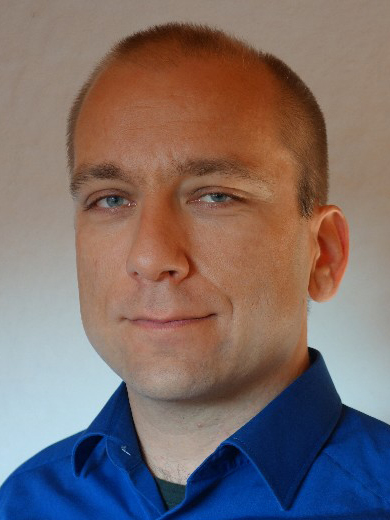Tutorial 1
October 19, 10:40 – 12:20, 14:40 – 16:20 (Room D [Rindou/Shakunage/Lavender])
Title: Collecting Data with Serverless ApplicationsDr. Ioana Baldini (IBM Research, USA)
Tutorial 2
October 20, 10:10 – 11:50, 14:00 – 15:40 (Room D [Rindou/Shakunage/Lavender])
Title: Mining Attributed NetworksAssoc. Prof. Rushed Kanawati (University Paris 13, France) and Asst. Prof. Martin Atzmueller (Tilburg University, Netherlands)
Tutorial 3
October 21, 10:10 – 11:50, 13:20 – 15:00 (Room D [Rindou/Shakunage/Lavender])
Title: Visually Do Statistical Shape Analysis!Prof. Yukari Shirota (Gakushuin University, Japan), Prof. Riri Fitri Sari (University of Indonesia, Indonesia), Dr. Tetri Widiyani (Sebelas Maret University, Indonesia), Prof. Takako Hashimoto (Chiba University of Commerce, Japan)
|
Title: Collecting Data with Serverless Applications | |||
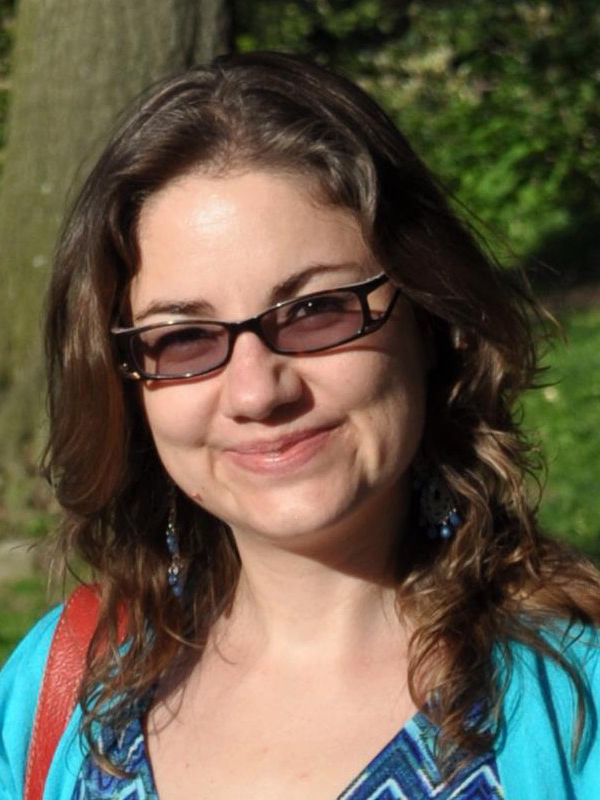
Dr. Ioana Baldini IBM Research, USA |
|||
|
Abstract: The success of data science algorithms highly depends on the quality of the available data. In the last decades, harnessing the power of the crowd in collecting and cleaning data became one sure way of increasing the quality of the data used in machine learning algorithms. In this tutorial, we present a methodology for developing and deploying data collecting applications on serverless platforms, which allow full control on each component of the application. The cost of deploying and operating the resulting application is virtually zero, due to the generous free tiers in serverless platforms. In comparison, a popular crowdsourcing platform would incur a significant cost to host the same application. This novel way of developing and deploying applications is made possible by a new cloud computing technology called serverless. The basic concepts of serverless computing will be taught and a concrete example of a data collecting application will be presented. The final product of the tutorial will be an online web application that can collect, clean and store data. Each of the participants will be able to have their own application up and running by the end of the tutorial. The tutorial will use the open source Apache OpenWhisk serverless platform (http://openwhisk.incubator.apache.org/) with its offering in IBM Bluemix. Intended Audience: Anyone with an interest in data collection. Basic programming skills are required. Bio for Dr. Ioana Baldini:Ioana Baldini is a Research Staff Member at IBM Research, currently working on serverless computing infrastructure and data science for social good. In the past, Ioana worked on various projects spanning domains such as computer architecture, heterogeneous runtime systems, and system performance analysis. Ioana holds Masters and PhD degrees in Electrical and Computer Engineering from University of Toronto. She is the recipient of several scholarships, including the NSERC Canada Graduate Scholarship, the Google Canada Anita Borg Scholarship and the IBM PhD Fellowship. Ioana is a strong advocate for diversity in computing. |
|||
|
Title: Visually Do Statistical Shape Analysis! Presentation Materials: http://www-cc.gakushuin.ac.jp/~20010570/mathABC/SELECTED/ShapeAnalysis/ | |||
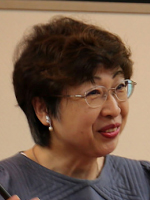
Prof. Yukari Shirota Gakushuin University, Japan |
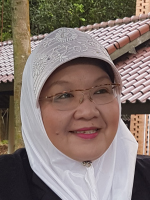
Prof. Riri Fitri Sari University of Indonesia, Indonesia |
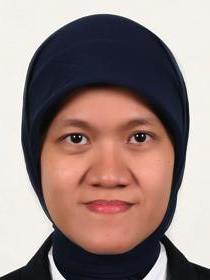
Dr. Tetri Widiyani Sebelas Maret University, Indonesia |
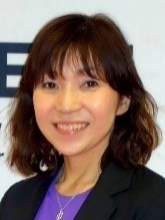
Prof. Takako Hashimoto Chiba University of Commerce, Japan |
|
Abstract: Recently a new morphometric statistical analysis using clustering approach has been growing. This analysis was developed by the University of Leeds in 1998 called statistical shape analysis or commonly known as geometric statistics [1, 2]. Using this statistical analysis we can measure the change in the shape of an object or so-called deformation, easily. The problem on transforming data sets in the different size, orientation and shape of an object into a coordinate system is very difficult, over years. Coordinate system is called as register mark or landmark then. By this analysis, we can be quantified the shape of an object by eliminating information of location, rotation, and scale. However, the mathematics is difficult to understand. To solve the problem, first we will explain the math process visually. Visualization has the power to make people understand the content meaning at a glance. The visualization power is required in mathematics education. We have developed and used many visual teaching materials in our university math lectures. Using the teaching materials, we have done the tutorial lectures in PRICAI 2016 (http://aiat.in.th/pricai2016/front/show/tutoriallist) and VINCI 2015 [3]. This time, we have been developing the teaching materials for the statistical shape analysis. We would like to show our teaching materials and explain the mathematics visually and interactively. The materials will be soon published on web. Therefore the audience can in advance access the visual materials with the free software “Wolfram CDF player.” We hope that more people who need and study the shape analysis mathematics easily understand and enjoy mathematics visually.
DSc. Prof. of Faculty of Economics, Gakushuin University. Research fields are visualization of data on the web. data visualization, social media analysis, and visual education methods for business mathematics. For over 17 years, she has developed visual teaching materials for business mathematics and statistics. In VINCI 2015, the tutorial titled “Visually Do Statistics for Business Persons: Visual Materials from Regression to Black-Sholes Model” she talked. Various visual teaching material sites have been published on the web which are freely available as follows: Riri Fitri Sari received a Ph.D. from the School of Computing, University of Leeds, UK, with specialization in Multimedia Network in 2004. From 2006-2014, she was the IT Director of the University of Indonesia. In 2009, she has become a Full Professor of Computer Engineering at the Faculty of Engineering, University of Indonesia. She has focused on Protocol Engineering, Multimedia Network, Vehicular Area Network, Internet of Things, and IT Implementation. She has been using the power of Information Technology and Social Media to develop the UI GreenMetric Rankings of World Universities which have been widely used in more than 516 universities in 75 countries as a voluntary standard for improving their sustainable and green campus programs. (http://staff.ui.ac.id/riri, email: riri [at] ui.ac.id) Bio for Dr. Tetri Widiyani:Tetri Widiyani is a Senior Lecturer at the Department of Biology of the Sebelas Maret University (UNS), Solo, Indonesia. She was awarded with a PhD from Biology from Bogor Agricultural University, IPB, Bogor, Indonesia. She is an editor of some Journals in Biology in Indonesia. Bio for Prof. Takako Hashimoto:Takako Hashimoto received a Ph.D. in computer science, specialization in multimedia information processing, from the Graduate School of Systems and Information Engineering of University of Tsukuba in 2005. From April of 2009, she was involved in Chiba University of Commerce as Associate Professor. In 2015, she has become Professor of Chiba University of Commerce and stayed at University of California, Los Angeles as a visiting researcher. She has focused on the data mining research and the social media analysis, especially topic extraction from millions of tweets related to the East Japan Great Earthquake. She is developing the high performance feature selection technique for big data. She’s also conducting global researches for developing the social media analysis platform in multi-language/cultural environment. |
|||

